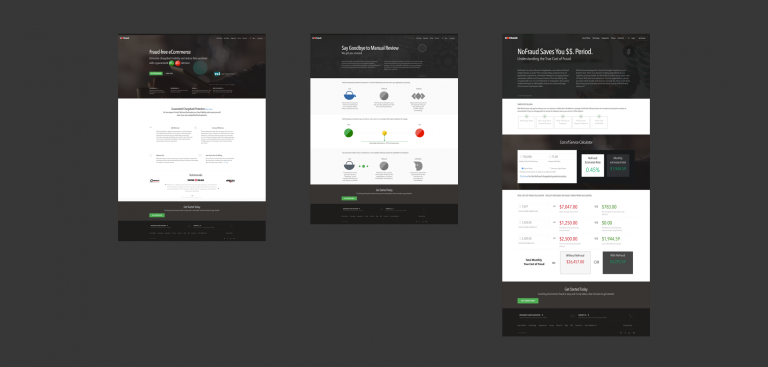Our previous post provides an industry analysis that examines the maturity of banking and financial markets organizations. The significant deviations from the traditional business model within the financial services industry in the recent years emphasize the increasing need for a difference in how institutions approach big data. The long-standing industry, so firmly entrenched in its decades-long practices, is seemingly dipping its toes into the proverbial pool of big data as organization recognize that its implementation is integral to a firm’s survival, and ultimately its growth. IBM’s Big Data @ Work survey reports that 26 percent of banking and financial markets companies are focused on understanding the concepts surrounding big data. On the other end of the spectrum, 27 percent are launching big data pilots, but the majority of the companies surveyed in this global study (47 percent) remains in the planning stage of defining a road map towards the efficient implementation of big data. For those organizations still in the stage of planning and refinement, it is crucial to understand and integrate these observed trends within financial technologies that can bolster a company’s big data strategy.
Customer Intelligence
While banks have historically maintained the monopoly on their customer’s financial transactions, the current state of the industry, with competitors flooding the market on different platforms, prevents this practice to continue. Banks are being transformed from product-centric to customer-centric organizations. Of the survey respondents with big data efforts in place, 55 percent report customer-centric objectives as one of their organization’s top priorities, if not their utmost aim. In order to engage in more customer-centric activities, financial service companies need to enhance their ability in anticipating changing market conditions and customer preferences. This will in turn inform the development and tailoring of their products and services towards the consumer, swiftly seizing market opportunities as well as improving customer service and loyalty.

Machine Learning
Financial market firms are increasingly becoming more aware of the many potential applications for machine learning and deep learning, two of the most prominent uses being within the fraud and risk sectors of this industry. The sheer volume of consumer information collected from the innumerable amount of transactions conducted through a plethora of different platforms daily calls for stronger protocols around fraud and risk management. Many financial services companies are just beginning to realize the advantageous inclusion of machine learning within an organization’s big data strategy. One such company is Paypal, which, through a combination of linear, neural network, and deep learning techniques, is able to optimize its risk management engines in order to identify the level of risk associated with a customer in mere milliseconds. The potential foreshadowed by these current applications is seemingly endless, optimistically suggesting the feasibility of machine learning algorithms replacing statistical risk management models and becoming an industry standard. The overall value that financial institutions can glean from the implementation of machine learning techniques is access to actionable intelligence based on the previously obscured insights uncovered by means of such techniques. The integration of machine learning tactics will be a welcome catalyst in the acceleration towards more real-time analysis and alerting.
IoT
When attempting to chart the future of financial technology, many point to the Internet of Things (IoT) as the next logical step. Often succinctly described as machine-to-machine communication, the IoT is hardly a novel concept, with the continual exchange of data already occurring between “smart” devices despite the lack of human interference. As some industries, such as in retail and manufacturing, already utilize this technology to some extent, it is not a far-fetched notion to posit that the financial service industry will soon follow suit. While there are those who adamantly reject the idea due to the industry being in the business of providing services as opposed to things, this would be a dangerously myopic view in this day and age. Anything from ATMs to information kiosks could be equipped with sensing technology to monitor and take action on the consumer’s’ behalf. Information collected from real-time, multi-channel activities can aid in informing how banks provide the best, most timely offers and advice to their customers.

For more information to empower your data science initiatives please visit us at www.Synaptik.co. We pride ourselves to empower every day users to do great data discovery without the need for deep core technical development skills.
Joe Sticca, Chief Operating Officer of True Interaction, contributed to this post.







